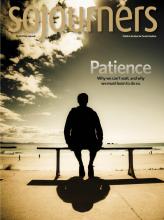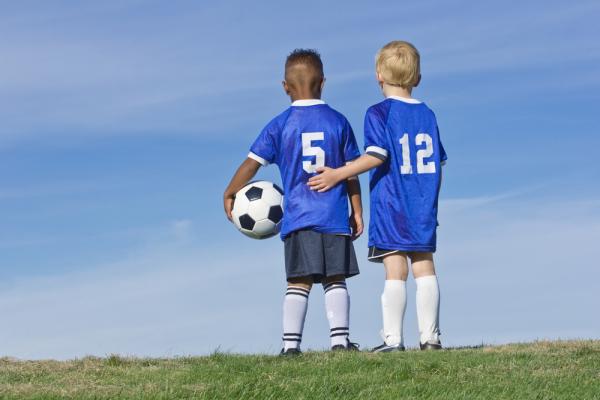DAVID KING and Margot Starbuck are nostalgic for the good ol’ days of youth sports. In Overplayed: A Parent’s Guide to Sanity in the World of Youth Sports, the authors first critique the current youth sports machine by reminiscing about an athletic utopia of the past: One where kids used water bottles for goal posts and flip-flops for bases. Back when parents weren’t paying up to $18,000 in hotel and trainer fees for elite travel teams. Back when kids loved sports.
This book intends to teach parents how to prevent burnout, overuse injury, and a misguided value system for their children. However, I read Overplayed as a young single woman learning to love sports again after suffering overuse injury and burnout right before college. I wish my parents—loving and good-intentioned as they were and are—had read this book 20 years ago.
King, athletic director at a Mennonite university, and Starbuck, a writer and a parent to three teenage athletes, believe that sports has the potential to be a powerful force in the lives of children. However, often money and myths corrupt that potential. Early on, Starbuck speaks wonders of the ways athletics teach us to know and love our physicality, explaining, “I came to know my body as good because of the opportunities I had to play sports as a girl.” But with early single-sport specialization and year-round tournament schedules, children are coming to know their bodies as injured before they can come to know their bodies as good. The authors note that in 2014, 1.35 million kids suffered sports-related injuries that landed them in the emergency room. “‘No pain no gain,’” the authors insist, “should have no place in youth sports.”
Read the Full Article

